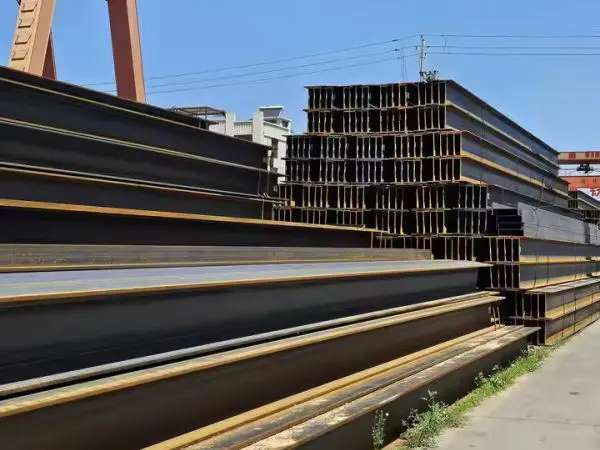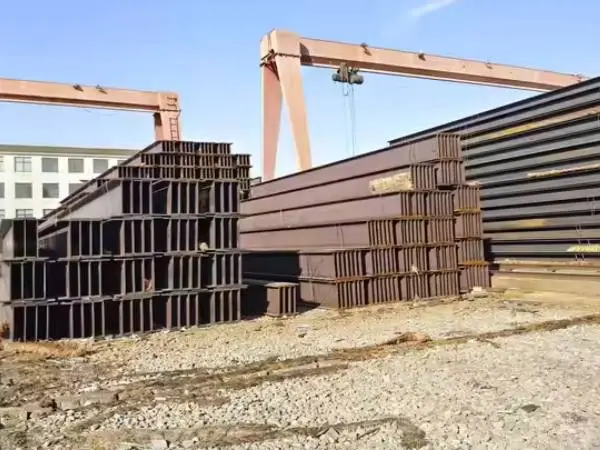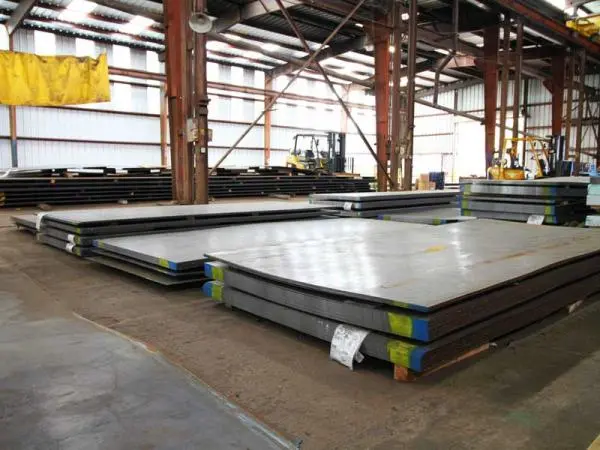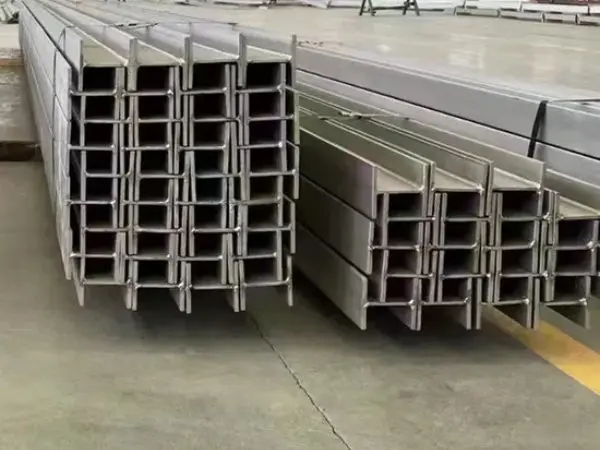- Phone0086 731 8564 8255
- E-mailsales@cscsteel-manufacturing.com
-

FBE (Fusion Bonded Epoxy) coated steel pipes are widely used for various applications due to their excellent corrosion resistance and durability. There are primarily two types of FBE coated steel pipes: single-layer and dual-layer coated pipes. Each type has distinct characteristics and advantages suited for different environments and applications.
1. Single-Layer FBE Coated Steel Pipes
Single-layer FBE coated steel pipes are the most common type. This type features a rough, non-slip surface, making it ideal for pipelines that require a concrete coating for additional protection. The coating is made from a special fusion bonded epoxy powder, which is mixed with solid epoxy resin and other adhesive materials. This formulation helps ensure strong adhesion to the pipe surface, providing effective corrosion resistance.
- Advantages:
Cost-Effective: Single-layer FBE pipes are generally more economical due to their simpler manufacturing process.
Suitable for Various Applications: They can be used in a wide range of environments, particularly where moderate corrosion protection is required.
Good Adhesion: The rough surface allows for effective bonding with concrete coatings, enhancing stability and strength.
2. Dual-Layer FBE Coated Steel Pipes
Dual-layer FBE coated steel pipes are designed for applications requiring enhanced performance, particularly in challenging environments such as offshore pipelines. This type consists of two layers of FBE coating, which significantly improves impact resistance and flexibility.
- Layer Composition:
The first layer is similar to that used in single-layer pipes, providing excellent adhesion and corrosion resistance.
The second layer is also made from fused bonded epoxy and is applied in succession with the first layer. This additional layer offers extra protection against damage during transportation and installation.
- Advantages:
Enhanced Impact Resistance: The dual-layer design provides superior protection against impacts and mechanical stresses, making them ideal for rugged conditions.
Flexibility: The increased flexibility allows these pipes to better withstand movement and deformation, which is crucial in dynamic environments like offshore settings.
Abrasion-Resistant Overcoat (ARO): Depending on the application, dual-layer FBE pipes can be fitted with an ARO to further reduce the risk of damage from external abrasions, enhancing the longevity of the pipeline.
Conclusion
FBE coated steel pipes are available in single-layer and dual-layer configurations, each tailored to specific operational needs. Single-layer FBE pipes are ideal for standard applications, offering good corrosion protection at a lower cost. In contrast, dual-layer FBE pipes provide enhanced durability and flexibility, making them suitable for harsh environments like offshore pipelines. By selecting the appropriate type of FBE coated steel pipe, users can ensure optimal performance and longevity for their pipeline systems.




